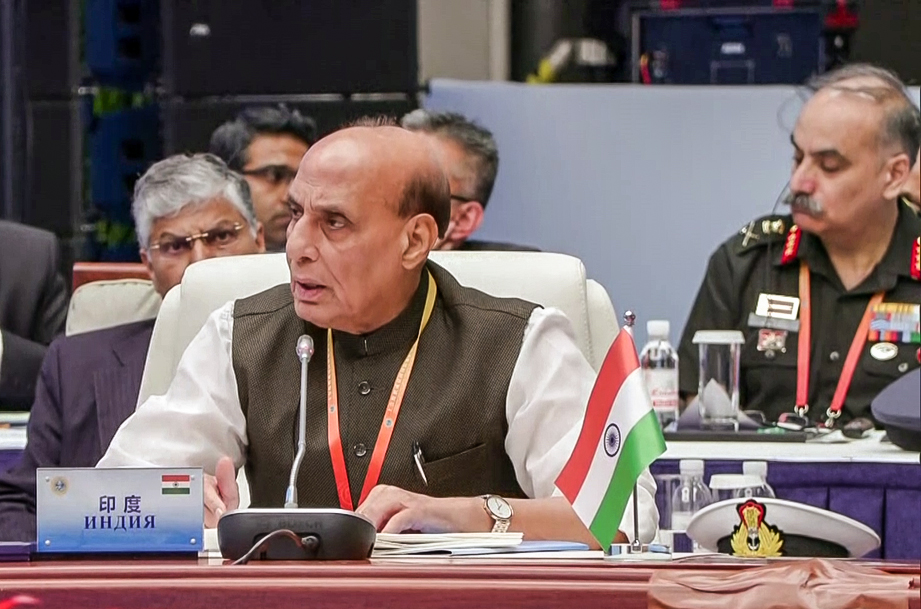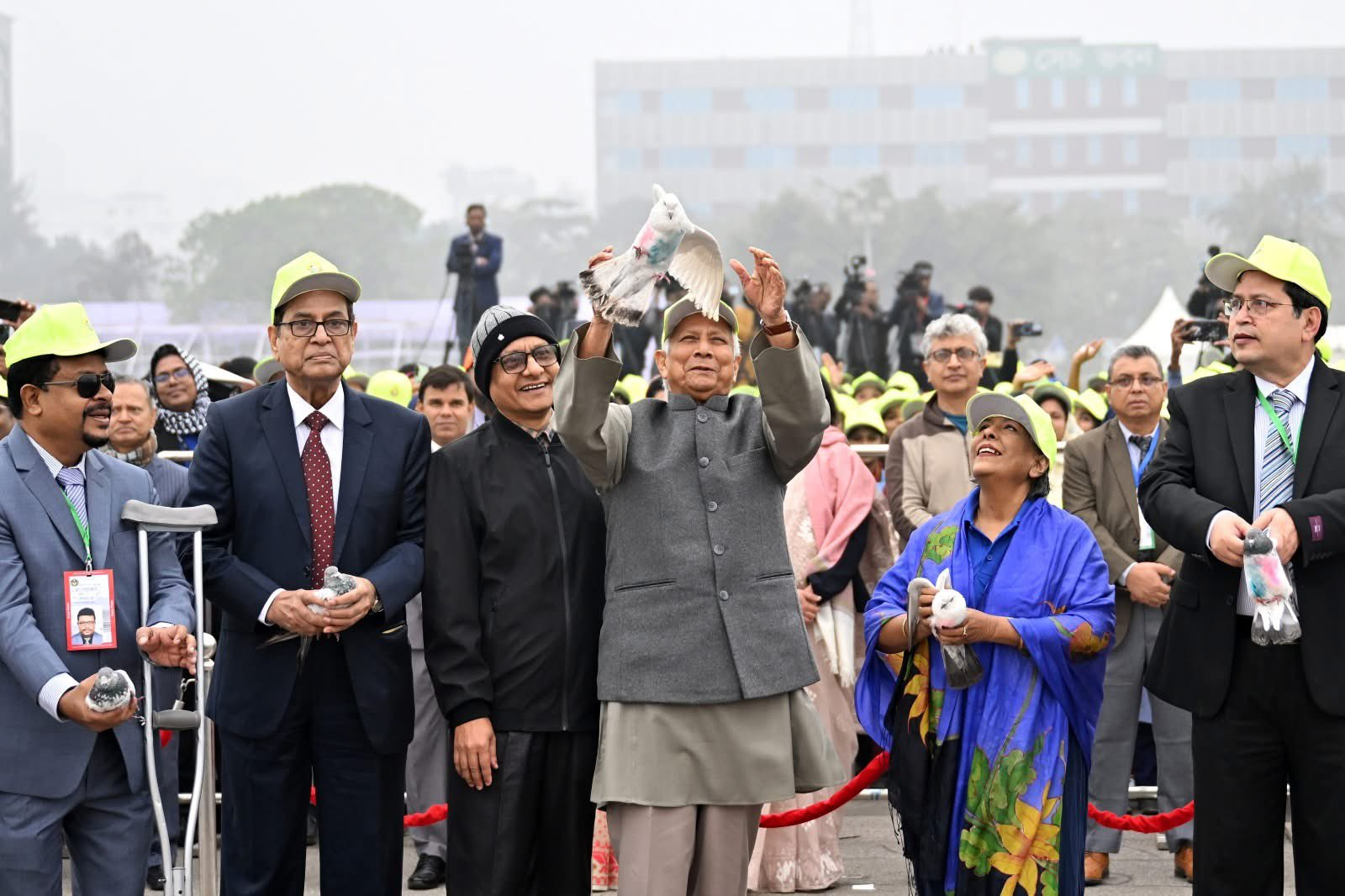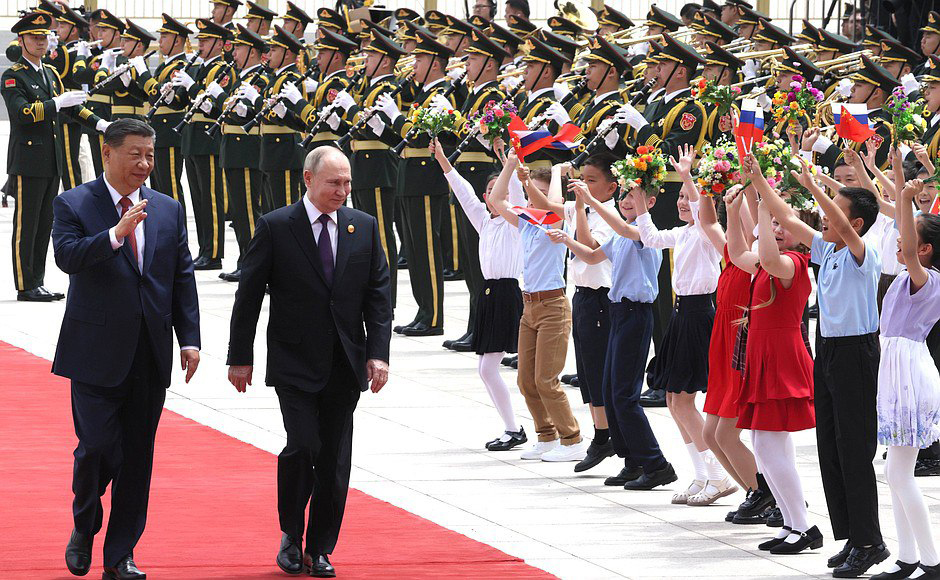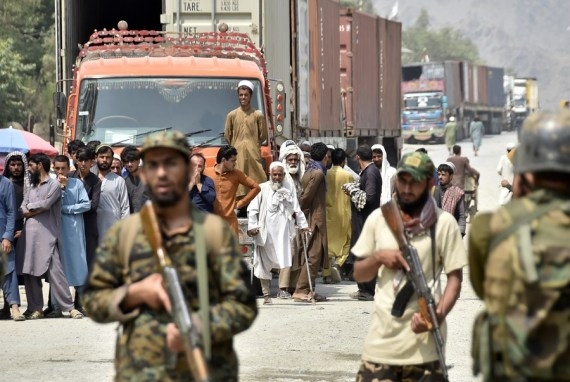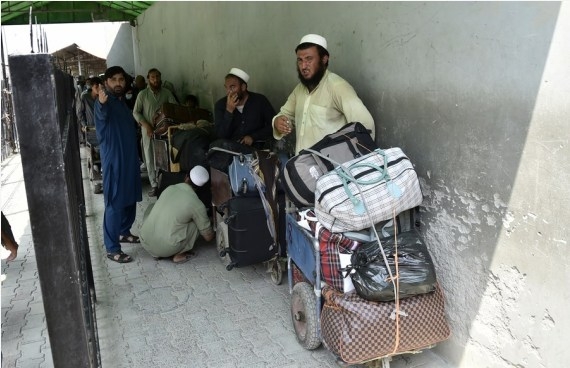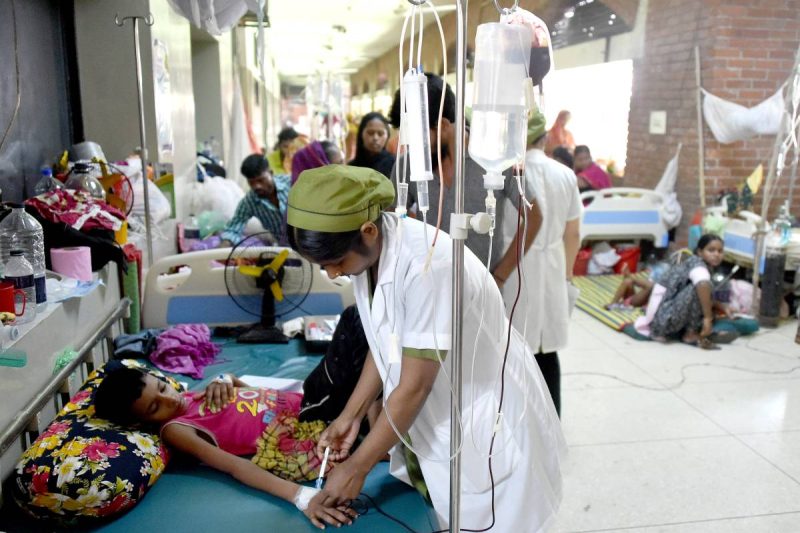Headwinds that are continuing to hamper recovery in developing Asia include recurrent lockdowns in China, the Russian invasion of Ukraine, and slowing global growth…reports Asian Lite News
The Asian Development Bank (ADB) has lowered its economic growth forecasts for developing Asia amid a worsened global outlook.
The region’s economy is expected to grow 4.2 per cent this year and 4.6 per cent next year, ADB said in its recent Asian Development Outlook (ADO) Supplement, December 2022 supplement published on Wednesday. In the September supplement, ADB estimated that the economy in the region would grow 4.3 per cent in 2022 and 4.9 per cent in 2023.
Asian Development Outlook is published every April, with an update in September and brief supplements published normally in July and December. Developing Asia refers to the bank’s 46 developing members.
Headwinds that are continuing to hamper recovery in developing Asia include recurrent lockdowns in China, the Russian invasion of Ukraine, and slowing global growth, ADB said in its supplement.
Monetary policy tightening by central banks globally and in the region, slowing down developing Asia’s recovery from the COVID-19 pandemic are slowing down developing Asia’s recovery from pandemic.
“Even with the deteriorating outlook, developing Asia will grow more than other regions and suffer less inflation than most,” it said.
On inflation, it said the region’s outlook is revised down slightly for 2022 from 4.5 per cent to 4.4 percent. However, the bank raised its projection for next year to 4.2 per cent from 4.0 percent, due to inflationary pressures from energy and food.
“Asia and the Pacific will continue to recover, but worsening global conditions mean that the region’s momentum is losing some steam as we head into the new year,” said ADB Chief Economist Albert Park.
“Governments will need to work together more closely to overcome the lingering challenges of COVID-19, combat the effects of high food and energy prices–especially on the poor and vulnerable–and ensure a sustainable, inclusive economic recovery,” the Chief Economist added.
Further, in India, ADB said gross domestic product growth projections are maintained at 7.0 percent for the current fiscal year and 7.2 percent for the next. (ANI)



